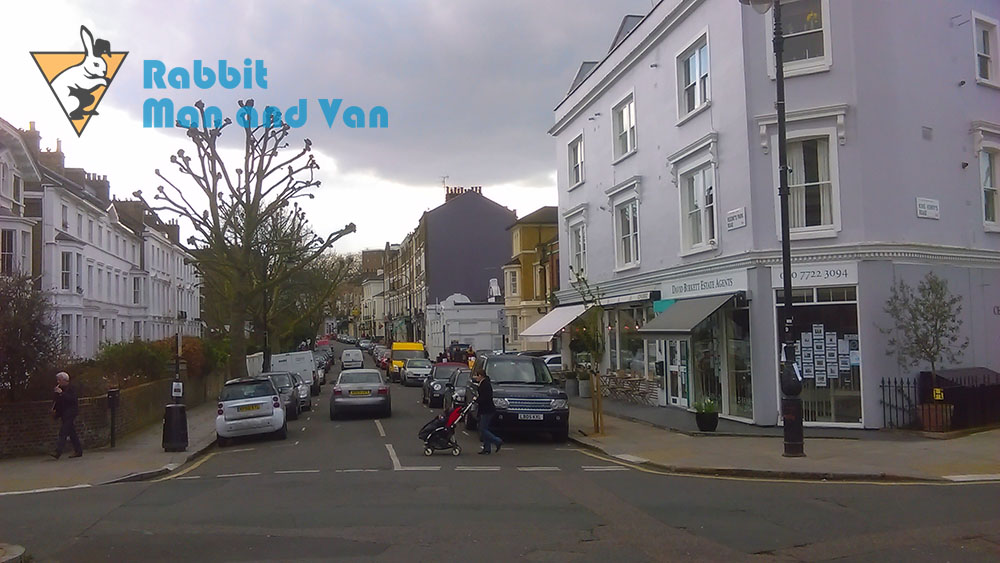
Camden is an inner London borough which covers an area of 8.4 square miles and has a population of over 230.000 people. It is the location of many prominent public and private bodies as well as some of the city’s most reputable educational facilities and world famous landmarks. It is under the authority of the Camden London Borough Council.
Highgate is a suburban area which lies in the northern parts of the borough at about five miles from the junction of Charing Cross. It has a population of over 10.000 people and is known for its Georgian character. The district is situated in close proximity to Kenwood House in the adjacent area of Hampstead. The stately home is considered to be one of the most beautiful in London. It was designed by Robert Adam and dates back to the 17th century. Highgate Wood is another well-known local landmark. The park spreads over 70 acres and is identified as a Site of Metropolitan Importance for Nature Conservation. Highgate School is beyond any doubt the most acclaimed educational institution in the district. It was established in 1565 and currently provides junior, primary and secondary education to almost 1.500 students from the ages of 3 to 18. Highgate, N6, is served by its own tube station which sits on the Northern Line from the London Underground.
The district of Camden Town which is also known shortly as Camden is classified as one of Greater London’s 35 major centres in the London Plan. It has a population of approximately 25.000 people and lies at about two miles from Charing Cross. The Roudhouse is arguably the area’s most prolific landmark. Constructed in 1847 as a railway engine shed it was converted into an entertainment venue during the mid-1960s and renovated extensively from 2004 to 2005. The original edifice was designed by Robert Stephenson and Robert B. Dockray while the remodeling was the work of John McAslan and Partners. The Roudhouse has a capacity of 3.000 standing spectators or 1.700 seated visitors. Other notable sites in Camden Town, NW5, are:
- Camden Catacombs
- Pancras Old Church
- Greater London House
- Arlington House
- Jewish Museum
- Carreras Cigarette Factory
- Michael’s Church
Holborn, WC2, is an area which lies in the southern parts of the Borough of Camden. It is home to over 13.000 people and throughout the years have been inhabited by numerous notable people such as conductor John Barbirolli, poet Thomas Chatterton, writer Charles Dickens, novelist Ann Radcliffe, motorcycle racer Barry Sheene, architect John Shaw Jr, artist William Morris and more. The Royal London Fusiliers Monuments is perhaps the districts more popular landmark. The monument was erected in 1922 and is dedicated to the fallen 22.000 soldiers from the Royal Fusiliers during World War I. It was designed by acclaimed English sculptor Albert Toft. Holborn is served by its own tube station which was opened in 1906 and provides transportation services to over 40 million people annually. This makes it one of the busiest transportation hubs in the English capital.
 Chalk Farm, NW1, is one of the smallest districts in Camden. It has a population of about 25.000 and is the location of the Haverstock School which is one of the city’s best comprehensive schools. It sits in close proximity to Chalk Farm Tube Station which is the area’s main rail link and presently provides top quality education to over 1.200 students from the ages of 11 to 18. Among the school’s most renowned graduates are John Barnes, Joe Cole, Julian Doyle, Marlon Harewood, Oona King, Ben Wheatley, Daniel Woodgate and more.
Chalk Farm, NW1, is one of the smallest districts in Camden. It has a population of about 25.000 and is the location of the Haverstock School which is one of the city’s best comprehensive schools. It sits in close proximity to Chalk Farm Tube Station which is the area’s main rail link and presently provides top quality education to over 1.200 students from the ages of 11 to 18. Among the school’s most renowned graduates are John Barnes, Joe Cole, Julian Doyle, Marlon Harewood, Oona King, Ben Wheatley, Daniel Woodgate and more.
The area of Bloomsbury is perhaps Camden’s most famous district. It has a population of over 10.000 and is home to several well-known museums and educational institutions. The British Museum is beyond any doubt the most visited place of interest in the area. It was established in 1753 and is presently the fifth most visited museum in the world. The Petrie Museum of Egyptian Archaeology is another highly visited touristic venue which attracts travelers by the number. It is part of the University College London Museum and Collections and ranks only behind the Cairo Museum in terms of collection of Egyptian artifacts.
